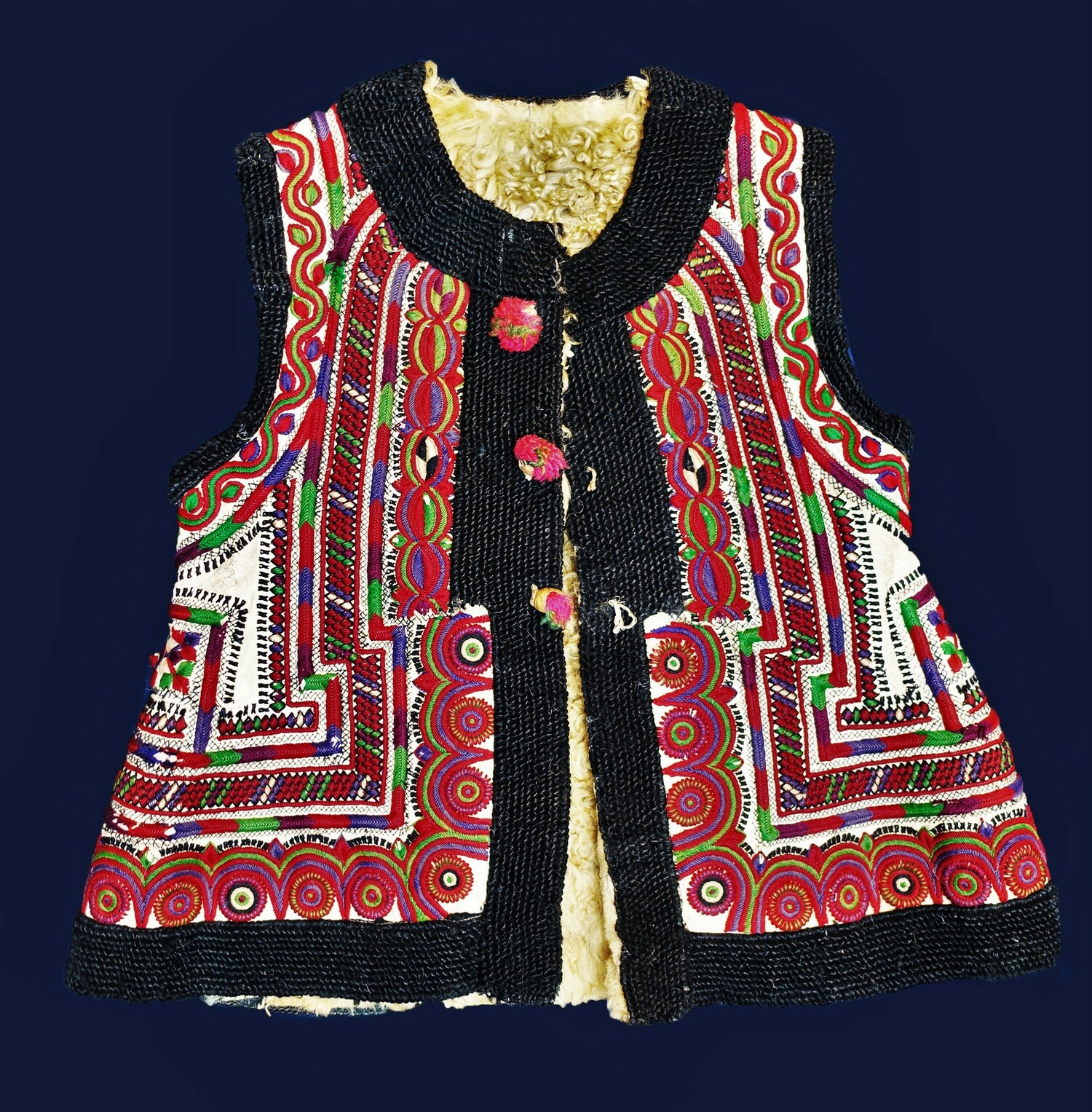The TRC is 31 today!
I know it is a cliché, but time really does fly. The TRC started off as a result of an informal discussion over tea and coffee with the then curator for Africa, Rogier Bedaux, at the Volkenkunde Museum, Leiden. At the time I was the editor (and founder) of the ATN (Archaeological Textiles Newsletter, which later became the Archaeological Textiles Review) and was interviewing Rogier about medieval textile finds from the Tellem in Mali, West Africa.

I mentioned the need for an office, as I had been approached by various students from the archaeology department of Leiden University about the teaching of textiles and he suggested that if I set up a stichting (non-profit organisation), he would organise a room at the museum. The rest, as they say, is history.
The Volkenkunde Museum and the Museum van Oudheden kindly agreed to pay for the legal costs of setting up the TRC, in return the TRC was to help them with questions about textiles and dress. The various pieces of legal paperwork were signed on the 19th December 1991 and the Stichting Textile Research Centre was born.
The first space we had at the Volkenkunde was a small room behind the gent’s toilets, perhaps not the most impressive and glamorous of starts, but it worked. It gave us an official address, which was so important, although many people thought we were part of the museum, rather than an independant group within.

An important and unique aspect of the TRC is its collection. It started as an array of items from home. My husband was an archaeologist in Afghanistan and Syria while I worked as a textile archaeologist in Egypt, and as a result we had a range of suitable items from these countries. These were needed as part of a handling collection for students and others to examine (and yes feel!) in order to help understand textiles and related objects. The first item to be officially registered in 1997 was a man’s shawl/headcloth that I wore while on a dig in Egypt in 1983 (TRC 1997.0001). The first ‘outside’ object was a beautiful Croatian blouse (TRC 1997.0067) that had been bought by a textile enthusiast at a flea market in Leiden for a rijksdaalder.

The TRC also collected, over the years, textiles and garments with a clearly Leiden context, such as a miniature hat, more technically known as a journeyman's piece, made in the late 18th century in Leiden. It was donated by a descendant of the craftsman who originally made the hat!
The TRC Collection specialises in textiles and dress and now includes over 40,000 textiles, garments and accessories from all over the world with no specific chronological or geographical restrictions, as textiles (and culture) tend to ignore these manmade constraints. An essay about the contents and diversity of the collection can be read here.
Thanks to various donations in 2022, for example, including the David and Bonnie Smith gift (Arizona, USA) and the Amsel gift (Paris), we now have one of the largest collections of European textiles and dress in Europe and are now getting help and enquiries from specialists from various different countries, including Portugal, Hungary and Romania, not to mention help given by scholars and others from many other parts of the world, especially the Middle East.
In this respect we should also mention the Stichting Guney, here in Leiden, and our joint work to make Turkish textiles and dress more well-known (see for example, the TRC blog about the Angora goat and Leiden).
A recent example of international co-operation can be seen in the loan of some Dutch and German regional dress to the Textile Department of Osnabrück University (Germany). The students' reports about these garments can be seen here. Local co-operation includes the teaching and training of students from various departments of Leiden University, which led, among other results, to a recent MA thesis.
 Miniature bicorn hat in beaver (?) fur with a silk band. Journey man's piece, Leiden, 1796 (TRC 2010.0056).All of the above, and much more, strengthen our view that the nature and inclusivity of the TRC is the direct result of what we call Citizen Culture at work. Our wide range of activities, who we are and how we interact with people are reflected in the TRC textile collection and our contacts with a wide number of ethnic and cultural groups.
Miniature bicorn hat in beaver (?) fur with a silk band. Journey man's piece, Leiden, 1796 (TRC 2010.0056).All of the above, and much more, strengthen our view that the nature and inclusivity of the TRC is the direct result of what we call Citizen Culture at work. Our wide range of activities, who we are and how we interact with people are reflected in the TRC textile collection and our contacts with a wide number of ethnic and cultural groups.
The growing size of the collection and demands on our facilities were the main reasons that the TRC decided to move from the Volkenkunde and find our own premises. This took place in 2009 when we moved to the Hogewoerd 164, here in Leiden. This place has become an important and inspirational centre for textile and dress lovers throughout the Netherlands and indeed globally. A wide range of workshops, courses, lectures and other events reflects the diverse nature of textile and dress studies, techniques, skills and possibilities.
Research and the publication of our research are important aspects of our work, and thanks to Bloomsbury Publishers, London, we are working hard on a World Encyclopedia of Embroidery that has already won various internationally prizes, including the prestigious Dartmouth Medal (2017).

Exhibitions have covered a wide range of subjects, from Afghan dress, via the paisley motif, to Rijnland lace caps, and the most recent example, to Asian-African textile links. We are working on more ideas, some ‘classical’ and some much more challenging, all of which are based on the TRC Collection!
Another important development over the years is the internet and putting as much information online as possible, in many different ways, from the TRC Database, TRC Needles, online exhibitions, library details as well as the TRC blog pages. We also built up an active social media presence, via Facebook (more than 13,000 followers), and Instagram (more than 8,000 followers). Features that were unimaginable when we started in 1991! How the world has changed in such a relatively short time.
All of these activities and achievements could not have taken place without the TRC’s dedicated and fantastic group of volunteers from many facets of life and ages (students to retired people), faces and names have changed over the years, but their love of textiles (obsession?) remains a constant factor.

Ironically the covid pandemic and the fact that people took up new hobbies, as well as the growing movement towards sustainability have meant that more and more attention is being paid to textiles and the revival of traditional skills and artisanship (the makers).
Over the years the TRC has become a living and active repository of this knowledge and a unique European resource. Something that needs to be expanded and supported by a much wider group of people and institutes.
Not bad for an international centre that started over tea/coffee and with a small room behind the gent’s toilets in the Volkenkunde museum thirty odd years ago! I wonder what the next few decades will bring.
Dr Gillian Vogelsang-Eastwood, Director TRC, 19 December 2022










